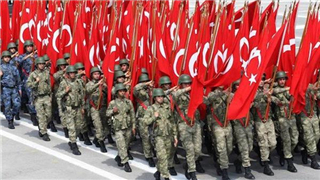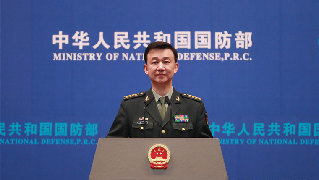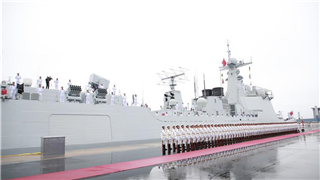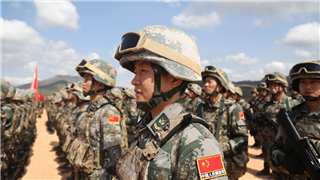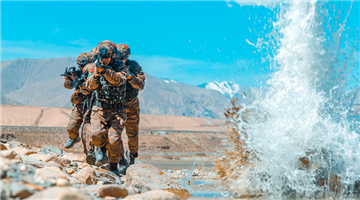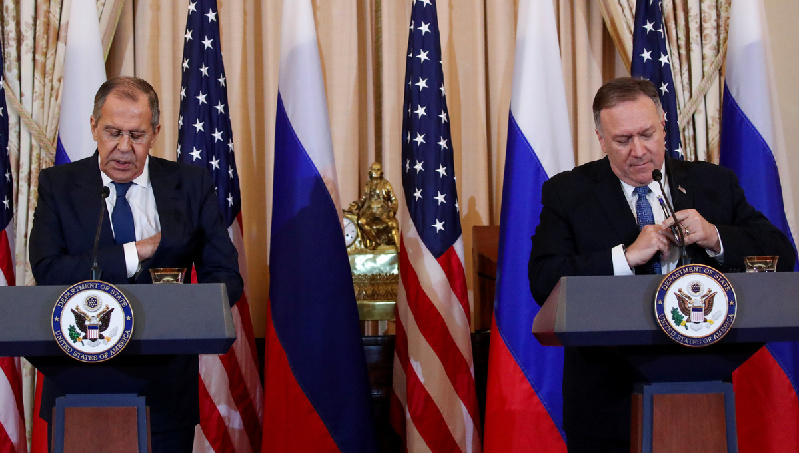
By Yang Songpo
After the US unilaterally pulled out of the Intermediate-Range Nuclear Forces (INF) treaty, the New Strategic Arms Reduction Treaty (New START) became the only arms control treaty left between the US and Russia. The New START that aims to restrict the number of their nuclear weapons will expire in February next year, but the two countries haven’t agreed on whether to renew the treaty yet.
Moscow recently reaffirmed its willingness of renewal and proposed to incorporate part of its latest weapons in the treaty, but Washington didn’t give a positive response to the proposal. Some analysts believed that the Trump administration may continue to go down the path of tearing up and quitting treaties.
Russia offers a new option
Associated Press reported that the Russian and American presidents mentioned the renewal of the New START in a recent phone call, during which President Putin reaffirmed their willingness to renew the treaty, and offered to put part of their latest weapons in the deal if the US agrees to extend the treaty.
Russian Foreign Minister Lavrov also sent the positive message of being willing to renew the New START in his phone conservation with the US Secretary of State Mike Pompeo. Mr. Lavrov said on April 17 that Russia is prepared to discuss with the US about developing a new deal on restricting nuclear weapons, but the current treaty should be observed before a new one is ready. Noting the necessity of taking into account all factors that affect the global strategic stability when discussing nuclear arms control, Mr. Lavrov said it is very important to maintain the current treaty as the bedrock of global security.
The new weapons that Moscow mentioned that could be incorporated in the treaty mainly refer to Advanced Hypersonic Weapon (AHW). According to Russia’s Deputy Foreign Minister Sergei Ryabkov, Russia’s new Sarmat intercontinental ballistic missile and Avangard hypersonic missile system can be included in the treaty along with other nuclear weapons. He previously expressed Moscow’s openness to talks about incorporating prospective weapons in the strategic stability dialogue, including the Burevestnik nuclear-powered cruise missile and the Poseidon nuclear Unmanned Underwater Vehicle (UUV).
Washington responds passively
Although Moscow has expressed its sincerity for renewing the New START, the Trump administration nonetheless has kept raising the bar toward that goal as it regards this treaty as a “terrible deal” left by the Obama administration that’s obviously more in favor of Russia but seriously restrains America’s nuclear capability.
In a recent report it submitted to the Congress, the US Department of State claimed that although Russia complies with the New START, the treaty doesn’t cover enough weapon systems. The US government is seeking an arms control system that can provide real security protection for itself, its allies, and partners, but hasn’t decided whether to expand the scope of New START and how. American Arms Control Association published an article on its website that the White House and other officials haven’t provided a timetable for the expansion.
Will AHWs be nuclearized?
According to the analysis, with the development and deployment of hypersonic missiles by the US and Russia, the nuclearization of AHWs has become a hot topic in the field of arms control. Incorporating such weapons in the arms control negotiation not only demonstrates Russia’s good faith in renewing the treaty, but also reveals the future trend of arms reduction.
Reuters reported that AHWs can elevate nuclear warfare to a new level as they are much faster than existing ballistic and cruise missiles carrying nuclear warheads and their high maneuverability makes them hard to intercept by current missile defense systems. As hypersonic missile technology is getting increasingly advanced, there is a more evident trend of AHW nuclearization, which may exert profound impacts on the international situation of nuclear competition and the arms control system.
Some analyst said that given the global strategic stability, incorporating AHWs in arms control negotiation is just a matter of time. Moscow obviously supports this view but Washington’s attitude remains unclear. The US has kept increasing the investment in AHWs in recent years, and the 2021 Budget Request by the US Department of Defense included a 3.2-billion-dollar R&D fund for hypersonic weapons, an increase of 23% over the previous year and setting a decade-long new high. Besides, the US Army and Navy had the first joint land-based test launch of the hypersonic missile in mid-March.


